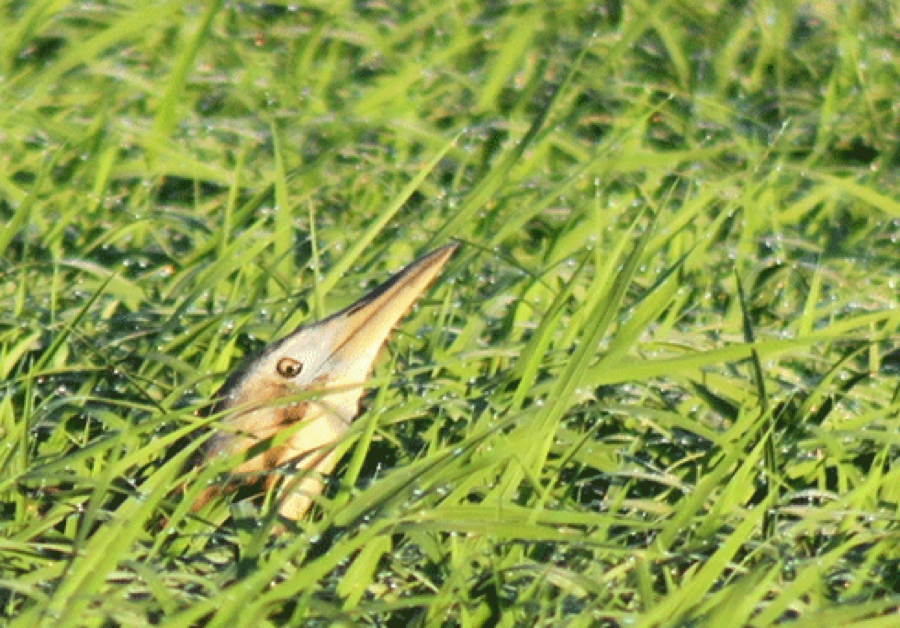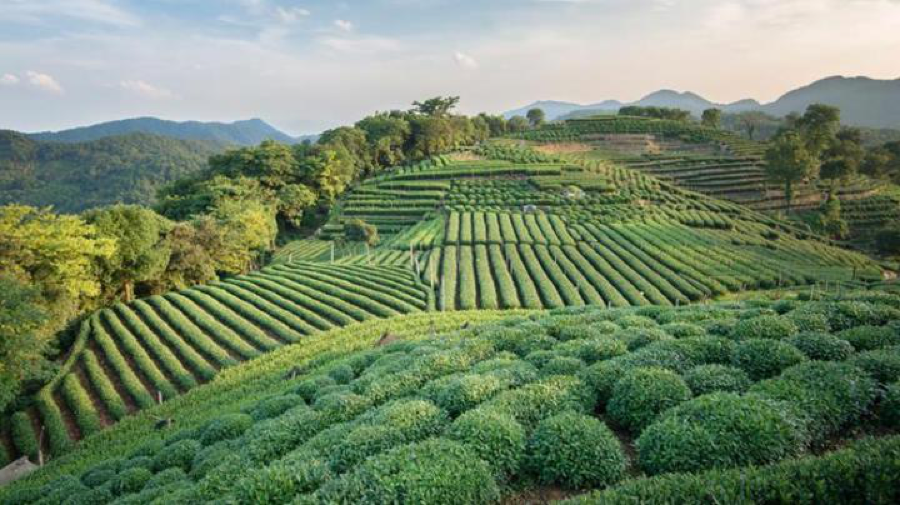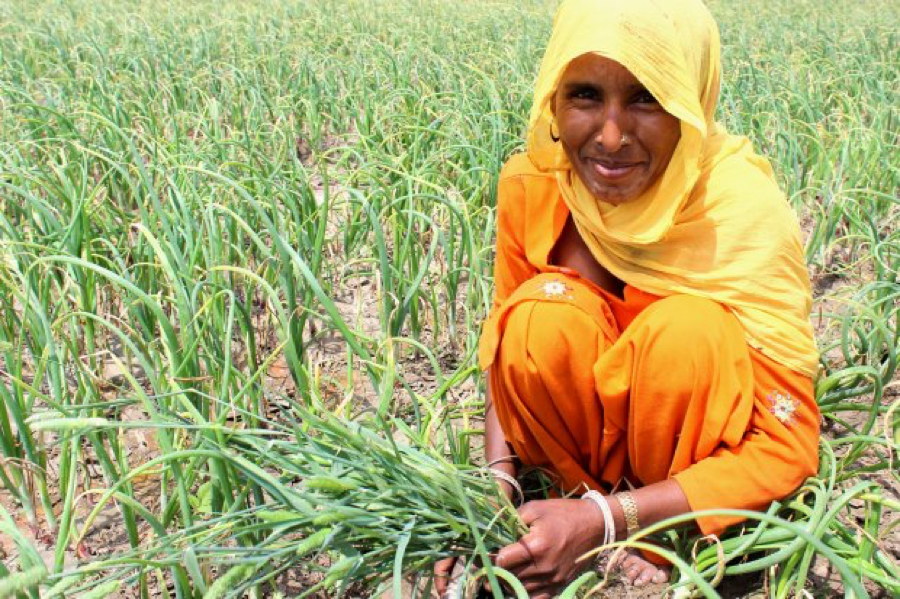Source: https://ccafs.cgiar.org/2nd-international-conference-global-food-security
Working within the urban agricultural bubble of Utah, it can be easy to forget that we are a part of a larger global shift toward sustainable food systems.
So at the end of 2015, I visited Ithaca, New York, to explore the big picture by attending the 2nd Global Food Security Conference. Food security is a broad term used to describe a variety of barriers that may prevent people from eating healthily, including poverty, conflict, environmental degradation, or the lack of nutritous food options in one’s neighborhood.
In addition to keynote presentations by leading food policy organizations and distinguished guests (such as MS Swaminathan, a leading plant breeder during agriculture’s “Green Revolution”), researchers presented on an array of topics, from the potential of biochar in Cameroon soils, to the production of edible larva from cow manure.
Many presentations focused on the formidable challenges we face. For example:
· Today, a billion people live in extreme poverty, with hundreds of millions more in situations of food insecurity. As in the US, “nutrition insecurity,” is also becoming recognized as a public health issue, meaning that one’s caloric intake may be adequate, but dietary diversity is poor. As a result obesity and the stunting of childhood development is high.
· The human family expected to grow to nine billion people by 2050. If current trends continue (with a large portion of croplands going to livestock and biofuels), then upwards of 70% more food will need to be grown by 2050!
· Unsurprisingly, climate change dominated much of the discussion. Currently, agricultural activities are responsible for 1/5th of the worlds annual 50 gigatons of carbon dioxide (CO2) emissions, or 10 gigatons. In order to restrict the global temperature rise to a “manageable” two degrees, total annual global emissions from all sectors (transportation, industry, etc)must be reduced to 22 gigatons. Clearly, with only 12 gigatons to spare after subtracting agriculture’s current contribution, even the agricultural sector must contribute to the goal of reducing emissions by relying on less fossil fuels and synthetic fertilizers.
· Although many crops are already showing decreased yields with rising temperatures, corn will be adversely impacted due to its unique form of respiration, called the C4 pathway. While other crops can actually benefit from higher atmospheric CO2 levels, corn yields are expected to decline by 30%. Beans will also suffer, particularly in many areas of Africa.
· As a result, resilient crops such as millet and barley will be more widely adopted, and diets will need to shift accordingly.
· Climate change-driven deaths (due to extreme weather, crop yield declines, spread of malaria-prone regions, etc) will surpass diet/weight related deaths.
The conference was not all gloom and doom, however. “Sustainable Intensification” were the big buzzwords of the day, implying a radical rethinking of food systems to increase crop yields while generating positive environmental effects.

Source: http://www.ecosmagazine.com/?paper=EC14195
Highlights included:
· “Agro-ecological” practices in Australia demonstrated that wildlife conservation and rice paddy cultivation could work hand-in-hand. Through a land sharing approach and modified rice planting practices, artificial wetlands can be managed to provide frog and bird habitat for over 50 species, including globally-threatened Bitterns.
· The spread of urban agriculture in rapidly urbanizing areas (such as Ghana) provides much-needed extra income and dietary supplementation.
· Simple technological innovations such as line-sowing tools, treddle water pumps, and community-owned power tillers) could empower women to take on more farm responsibilities, increasing their economic power and gender equity.
· Strong government support of family farmers can provide a fair income to farmers while providing school children with healthy, locally-sourced lunches. Brasil’s food purchase program provides 30% of school lunches this way.
· The controversial topic of genetically modified organisms (GMOs) was presented as well. The first GMO crop strain developed in South Africa is resistant to a deadly maize streak virus, and its developer urged its use when other cheaper alternatives are ineffective.
While the challenges ahead are daunting, it is inspiring to have been exposed to the thoughtful and impassioned voices on the frontier of this “evergreen” revolution.

Source: http://www.nelive.in/sikkim/news/agro-award-sikkim
So bringing the conversation full circle, how can we implement these larger global shifts toward sustainable food systems within the urban agricultural bubble of Utah? We at Wasatch Community Gardens try to make it simple: Join a community garden, attend a workshop and learn about organic gardening techniques for your own garden, prepare your children to be responsible stewards of the environment by sending them to our week-long, garden-based summer camps, or give back by volunteering!
-Giles


